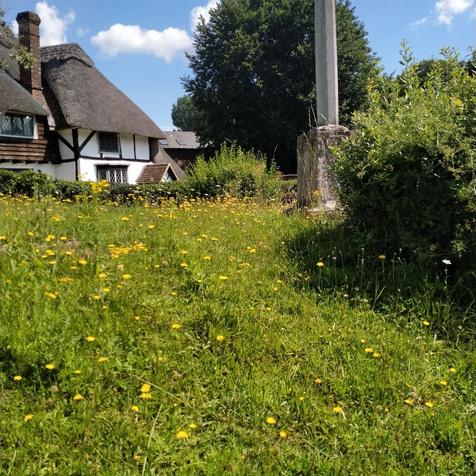By Tim Lambert
In the 6th century AD a people from Denmark called the Meon Wara (wara meant people or tribe) settled in the Meon Valley and they gave the River Meon its name. They gave names to villages in the Meon Valley. The villages of West Meon and East Meon are obviously named after them. So is Meonstoke. It was originally Meon stoc. A stoc was a small hamlet dependent on a larger village nearby.

They also founded Soberton. At first, it was called Sud (South) bere (barley) tun (farm or settlement). The south grange farm soon grew into a village.
The second half of the name Wickham is derived from the old word ‘ham’, which meant village or estate. The first part of the name is probably derived from the Latin word vicus, which means district or vicinity. So it was the village or estate by the Roman remains. Wickham is, of course, a common place name in England.
Mere is an old word for a pond so Swanmore is named after a swan pond. The swans may have belonged to the Bishop of Winchester. In the Middle Ages, the upper class ate swans as well as peacocks, herons, and cormorants.
Warnford was, obviously, the site of a ford over the river but we do not know for certain what the ‘Warn’ meant. It is probably a corruption of a man’s name like Warna. He owned the ford.
The name Droxford is probably derived from Droccanford, meaning Drocca’s ford
The origin of the name Corhampton is obscure. At the time of the Domesday Book, it was Quedementune. The word tune (pronounced tun) meant hamlet or estate but it is not known for certain what the first part of the name meant. It has been suggested that it was corn haem tun (corn home farm) but we are not certain.